Turtles: The Living Library of Longevity Genes
For centuries, humans have been fascinated by the remarkable longevity of turtles. These ancient creatures, some of which live well over a century, possess biological secrets that could revolutionize our understanding of aging. Unlike mammals, turtles exhibit what scientists call "negligible senescence" – they show few signs of physiological decline as they age. This unique trait makes them invaluable subjects for studying the genetic and molecular mechanisms behind extended lifespans.
The Genetic Blueprint of Longevity
Recent breakthroughs in genomic sequencing have allowed researchers to peer into the turtle's DNA like never before. What they've discovered is nothing short of extraordinary. Turtles possess a sophisticated array of genetic defenses against cellular damage, including enhanced DNA repair mechanisms and highly efficient antioxidant systems. Their telomeres – the protective caps at the ends of chromosomes – show remarkable stability compared to those of mammals. This genetic toolkit essentially allows turtles to resist many of the degenerative processes that plague other species as they age.
One particularly fascinating discovery involves tumor suppression. While cancer is a leading cause of death in many animals, turtles exhibit an exceptionally low incidence of malignancies. Scientists have identified several tumor-suppressing genes that appear to be more active in turtles than in short-lived species. These findings could have profound implications for human medicine, potentially leading to new approaches in cancer prevention and treatment.
Metabolic Mastery
Turtles have perfected the art of energy management in ways that may contribute to their longevity. Their ability to dramatically slow their metabolism during hibernation or when resources are scarce provides clues about how to potentially slow aging processes in other species. Researchers have found that turtles can reduce their metabolic rate to just 10-20% of normal levels for extended periods without suffering the negative consequences that would occur in mammals.
This metabolic flexibility appears linked to enhanced mitochondrial function. Turtle mitochondria – the powerhouses of cells – show extraordinary efficiency and resistance to oxidative stress. Studies suggest that turtle cells produce fewer damaging free radicals during energy production compared to mammalian cells. Since oxidative damage is a major contributor to aging, understanding how turtles minimize this damage could lead to breakthroughs in extending healthy lifespan.
Stress Resistance and Cellular Repair
Perhaps most impressive is the turtle's cellular resilience. Their cells demonstrate an exceptional ability to withstand various stressors that would typically cause significant damage in other organisms. From hypoxia (oxygen deprivation) to extreme temperature fluctuations, turtle cells activate protective mechanisms that prevent or rapidly repair damage.
Scientists have identified several stress-response proteins that are uniquely expressed in turtles. These molecular guardians spring into action when cells face threats, stabilizing critical structures and preventing the cascade of damage that leads to aging. The discovery of these protective pathways has opened new avenues for research into age-related diseases in humans.
Conservation Implications
While turtles offer invaluable insights into longevity, many species face extinction threats due to habitat loss, climate change, and human activities. Protecting these living libraries of genetic wisdom has become both an ecological imperative and a scientific necessity. Conservation efforts must consider that some turtle species take decades to reach reproductive maturity – their life history strategies make them particularly vulnerable to rapid environmental changes.
Researchers emphasize that losing turtle biodiversity means losing potential solutions to human health challenges we haven't even encountered yet. Each turtle species represents millions of years of evolutionary refinement in dealing with the challenges of time and environment. Their continued survival may hold keys to solving some of medicine's most persistent puzzles.
Future Research Directions
The study of turtle longevity is entering an exciting phase as new technologies allow scientists to investigate these phenomena at unprecedented levels of detail. Current projects are exploring epigenetic modifications in turtles – the chemical tags on DNA that regulate gene activity without altering the genetic code itself. Preliminary findings suggest turtles may have unique epigenetic patterns that contribute to their longevity.
Another promising area involves comparative studies between short-lived and long-lived turtle species. By identifying genetic differences between turtles with varying lifespans, researchers hope to pinpoint the most critical factors influencing longevity. These insights could eventually lead to interventions that might allow humans to reap some of the anti-aging benefits that turtles have naturally evolved.
As we continue to unravel the secrets hidden in turtle genomes, one thing becomes increasingly clear: these ancient creatures are far more than just survivors – they're masters of time itself. Their biological wisdom, honed over 200 million years of evolution, may hold the answers to some of our most fundamental questions about life, aging, and the very nature of biological time.

By /Jun 10, 2025
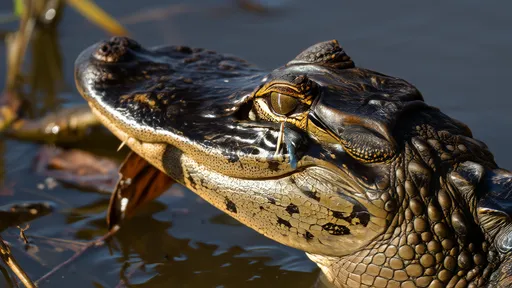
By /Jun 10, 2025
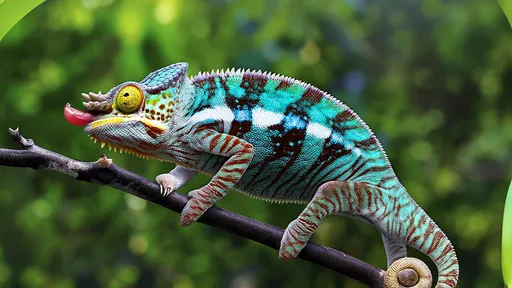
By /Jun 10, 2025
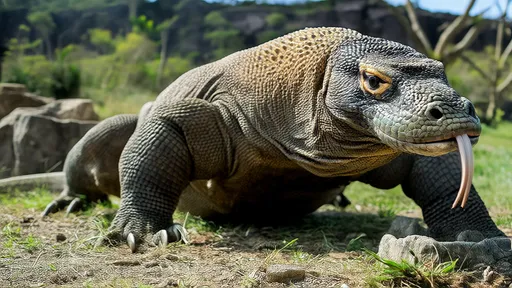
By /Jun 10, 2025
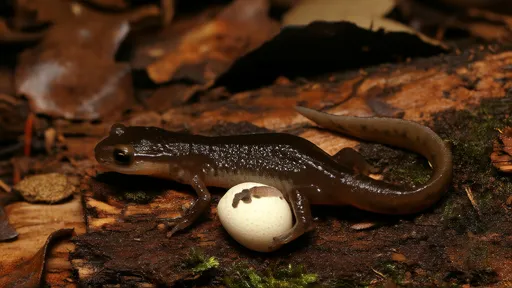
By /Jun 10, 2025

By /Jun 10, 2025
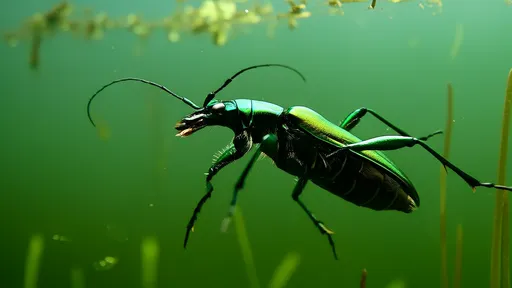
By /Jun 10, 2025
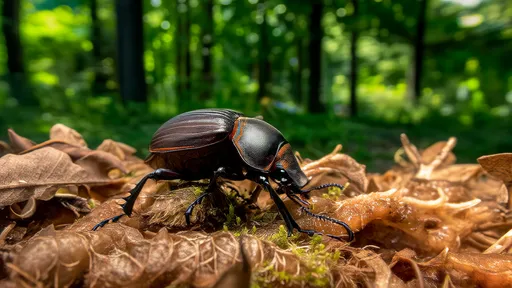
By /Jun 10, 2025
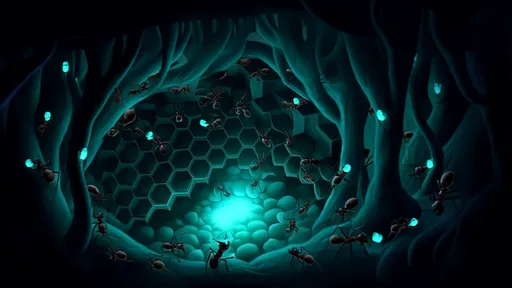
By /Jun 10, 2025
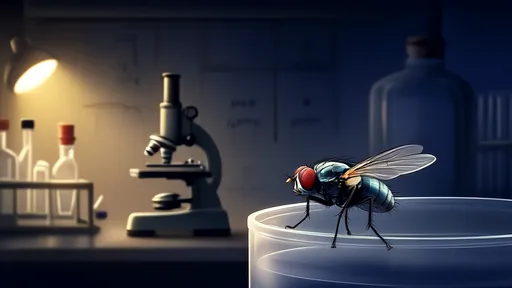
By /Jun 10, 2025
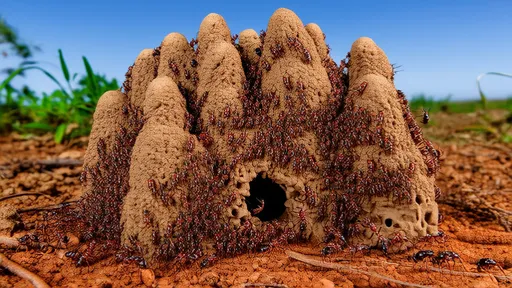
By /Jun 10, 2025
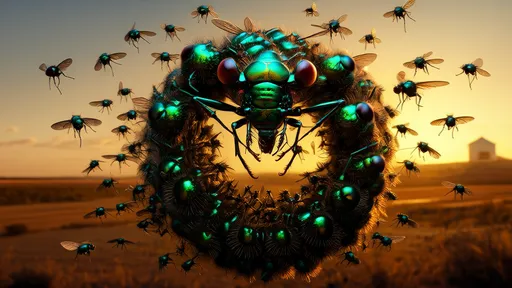
By /Jun 10, 2025
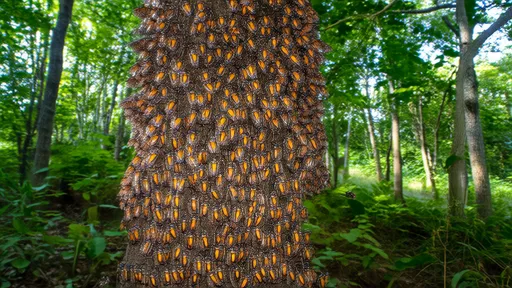
By /Jun 10, 2025
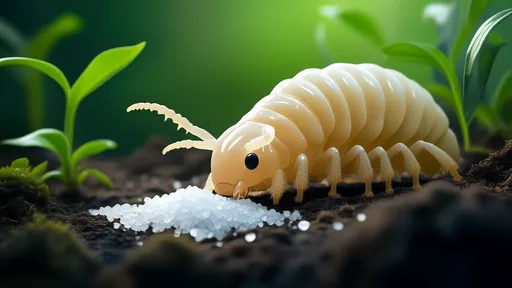
By /Jun 10, 2025
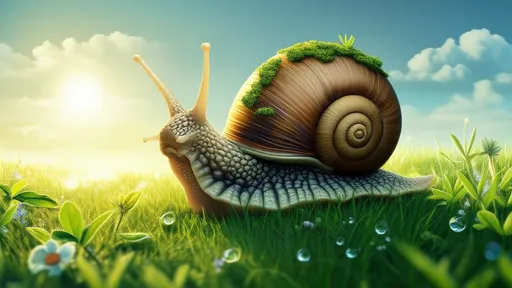
By /Jun 10, 2025
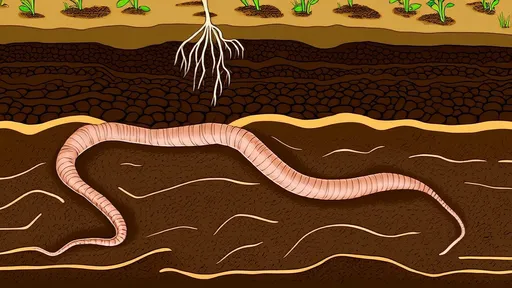
By /Jun 10, 2025

By /Jun 10, 2025